The EAT C Sharp turntable certainly looks the part for £2500 including tonearm, how does it sound? Janine Elliot spins some vinyl.
It isn’t often that female entrepreneurs produce products for the mostly male hifi customer. EAT (European Audio Team) is, I’m pleased to say, one such company run by Jozefina Lichtenegger, the lady married to Heinz Lichtenegger, who many will know is the CEO of Pro-Ject. Whilst there are certainly links in the design from both; the use of carbon fibre and MDF for example, this is a completely different company and the products look to my eyes much more endearing. This is a Lexus, rather than a Datsun. The raked aluminium edged platter, carbon-fibre arm and the cute power unit which is separate from the turntable, were particularly good features for the price. 
For my review I connected it to my Manley phono-stage, also a company run by a woman despite its manly name. This marriage was even more music to my ears when I connected Koetsu’s Black MC cartridge. The C# is a recent offering from EAT, coming in at £2500 including the C-Note tonearm carbon fibre/aluminium unipivot arm. As a child I kept getting cards saying “Don’t B sharp, don’t B flat, just B natural” and I couldn’t quite understand it because in my eyes (and ears) B sharp was actually a C. There is a cheaper and simplified “C major” (or should that be B Sharp) just out with the same arm at an amazing £1750, but the model for review here is still very good value for such a lovely looking turntable, particularly when you consider the arm and a platter comprising carbon fibre and something called Thermoplastic Elastomer.
Many will know that EAT actually started out as a maker of high-quality audio valves and accessories. A few years back the company produced its first turntable, the Forte, which still remains today their flagship deck at £13500 with the E-Go 12” tonearm. Since then, the company has steadily introduced further models, each one interestingly more affordable than the last. The Carbon fibre in the construction means it can be an extremely low table by virtue of its strength; indeed it is quite anorexic in height and quite different from the intimidating Forte. This low profile base chassis is actually made out of highest density MDF. On this base the motor is mounted as well as 10 damping feet made from energy absorbing (and therefore damping) TPE (Thermoplastic Elastomers). All the rumble of the platter or bearing is therefore directed in the TPE columns where it is absorbed so that it doesn’t get as far as the arm and cartridge. The cone-shape TPE columns carry the Carbon Fibre suspended plinth. Whilst motor noise didn’t end up at the cartridge, the chassis was noisy if I tapped the table or plinth, so it is important to place it on a good foundation. 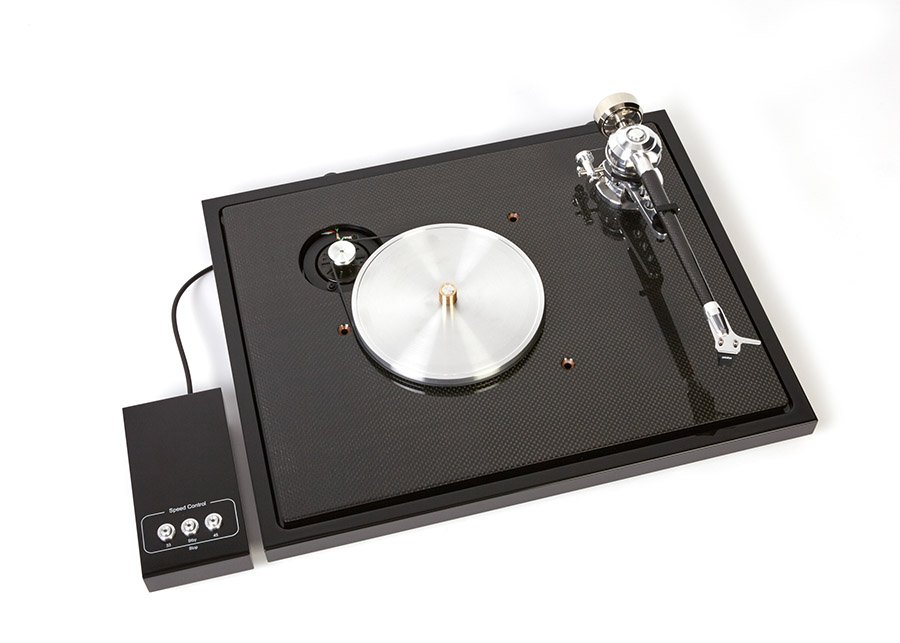
Unlike most turntables the bearing is actually an oversized and inverted bearing shaft with a ceramic ball atop on which is placed the sub-platter, and with the main heavy platter being placed on top of that. There is a 700 gram mass point at this bearing and, according to Lichtenegger, all the energy is sucked up and converted to heat. Whilst the platter certainly didn’t change temperature, it was free to move with no resistance, though was disconcertingly close to the carbon plinth. The motor is attached to the lower chassis so that no vibrations make their way to the platter bearing and to the arm. As this top platter has angled edges it is not easy to hold, so the record clamp is screwed into it and this is used as a handle to lower carefully on to the sub-platter. This is after, of course, you have affixed the belt to the motor and the sub-platter. The circular belt itself is made from a length of special anti-static rubber that has been glued and then polished, just as from many small turntable manufacturers. Whilst I could see the join, it was all smooth, unlike a few, I hasten to say, I have seen from manufacturers over the years. Many turntables seem to charge extra for record clamps, but this one comes gratis, and as mentioned just now, is a necessity. EAT recommend you don’t screw the clamp down when playing records, but rather that it just sits on the record, and the screwing action is only required when moving the aluminium platter itself.
I did love the ease at setting up the unit, and this included affixing cartridge to the arm. The tonearm itself includes a combination of cardan and uni-pivot bearings, immersed in special damping fluid designed to damp the tonearm and cartridge resonances by more than 50%. As a fan of the Townshend trough and paddle system I can understand the benefits of damping, though I feel it is more effective at the cartridge-end. The cardan or universal joint was coined by Gerolamo Cardano, an Italian, and this tonearm, by combining both friction-free pivot simplicity and cardan flexibility makes it very steady and robust, unlike the Hadcock Unipivot arm which put me off for many years until Roksan and others convinced me otherwise. This arm is actually quite complex in design, with cardan joint for the horizontal and two ball race ABEC7 bearings for vertical and unipivot damping pin to complete the setup. The whole isn’t perhaps as beautiful as some tonearms, but it is very practical and a doddle to set up; Only the clever bias compensation caused me a few moments brain searching whilst I assembled the anti-skate weight to the sliding mechanism. A plastic cable is affixed under the tonearm base along a groove and down to the weight, a little fiddly for my old fingers. After which within a few minutes of adjusting arm height to get correct VTA I was ready to start listening.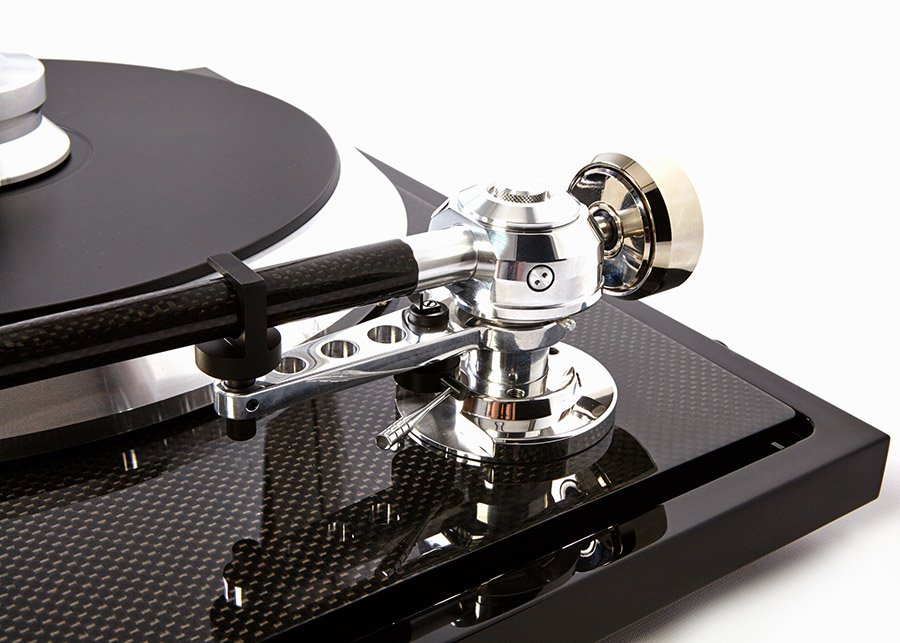
For the review I was lucky to have a Koetsu Black K, the Japanese company’s entry-level cartridge which retails for £1788. Koetsu’s cartridges go all the way up to £7400 with bodies in the Platinum range fashioned from semi-precious stones such as Burma Jade, Blue Onyx and Blood Stone. The Black might not be quite so beautiful, but to the many followers world-wide it is equally as desirable. Handmade by Fumihiko Sugano, the son of Koetsu’s founder the late Yoshiaki Sugano who named the company after his ancestor and role model, the 16th-century artisan Honami Koetsu, you could see the passion for quality from this master craftsman from the moment you open up the wooden box it came in. This particular cartridge has seen many years of faithful playing, being their first ever cartridge, and is still hard to beat, even at its not so entry-level price of £1788. With samarium cobalt magnet, a solid boron rod cantilever and hyper-elliptical diamond this is a well thought out cartridge. The end result of the engineering is a cartridge with a smooth and classy sound. This is for those who will listen with a glass of Chateaux Mouton Rothschild Pauillac rather than a litre of Tesco Cider. Music was what this cartridge was all about, and combined with the C#, at a collective price of £4288, the duo worked together like newlyweds. Whether the detailed contra-rhythms in Bowie Blackstar or the minimalist simplicity in my aged EMI Debussy L’Après-midi d’un Faune (CBSO, Louis Fremaux), everything was there, and all with a very musical ‘ease’. The Queen Collection album “The Miracle” track 1 ‘The Party’ is a powerful foray of Freddie vocal harmonisation made so simple by the cartridge’s lower-mid frequency excellence. The combination makes the music sound so in control, quite forgiving but not lethargic. The electric guitar keeps you on your toes. ‘Khashoggi’s Ship’ was as rigid in control as the arm is made, with plenty of decay on cymbals when appropriate. Not bad for £2500 including arm. 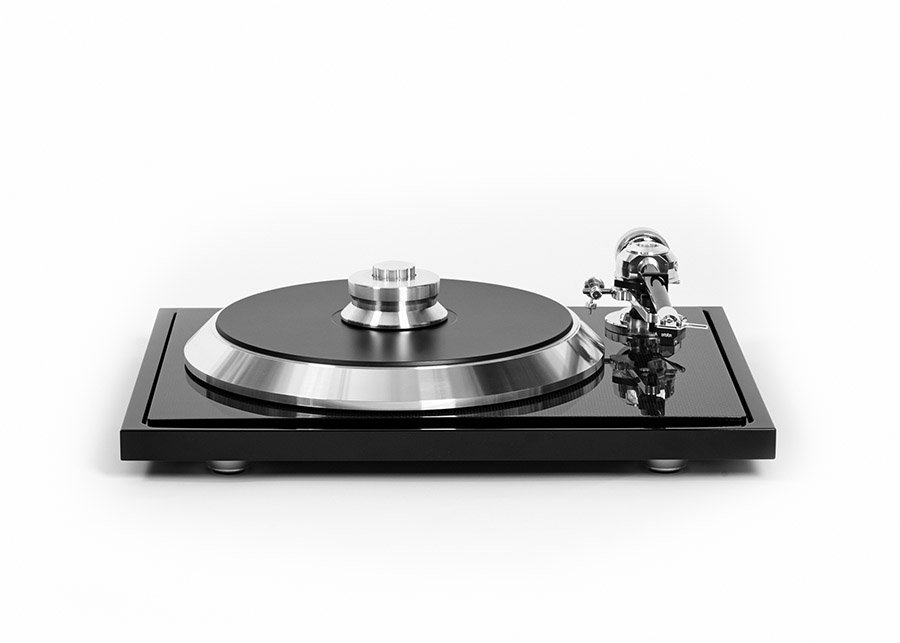
Speed selection and control is via a tasty looking black box connected to the rear of the turntable, which flashes the speed you have selected until it has reached stable velocity. Sitting next to the turntable, the combination exudes class. Whilst the turntable might not have the twin-turbo power of the twin-motor Forte, it still gets up to speed quite quickly and with ±0.01% wow and speed accuracy of 0.08% is all very good. Only the motor noise at -40dB is disappointing, though being kept away from the cartridge meant little interruption in my enjoyment of the music at the important end at -70dB. The Koetsu Black is not a clinical cartridge. If you want something open and neutral then look somewhere else. These cartridges have a personality of their own. In some way their name fits the sound; albeit grey rather than black. These are not bright sounding cartridges, but neither are they dull. Mike Valentine’s Vivaldi Four Season’s had rich and strong strings but equally lively harpsichord provided by Paolo Cognolato. The sound pairing works well, and I could see why Absolute Sounds, who supplied the combination for review, put them together. The more I played the more I liked. The sound, whilst not the most detailed presentation from vinyl was quite addictive.
CONCLUSION
This is a really good pairing, both in terms of audio and looks. In contrast to the butch looking Forte, this is an item of jewellery and something you will either love or hate aesthetically. And you can choose between fluorescent blue, pink or red covers to hide it all under when not in use, if you so wish.
At £2500 plus cartridge this turntable/arm will be music to the ears of most that listen, but do consider carefully the best cartridge for your set up. For those shy of spending money on the Koetsu Black, then the Ortofon Quintet Black might be an option at a third of the cost. Both have good midrange frequencies working well with the arm. But rest assured that even a £2000 cartridge is not beyond this deck.
Competitive pricing
Easy set up
Looks
Arm can handle top cartridges such as the Koetsu Black
Complete with record clamp
Cons:
Not quite so quiet as some turntables
You might not like the aerodynamic look
Price at time of review £2500 without cartridge and £4288 with Koetsu Black Cartridge
Janine Elliot






















































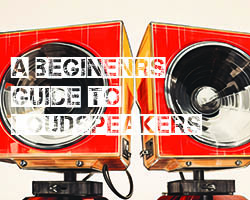












































































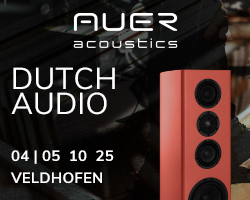



































































You must be logged in to leave a reply.